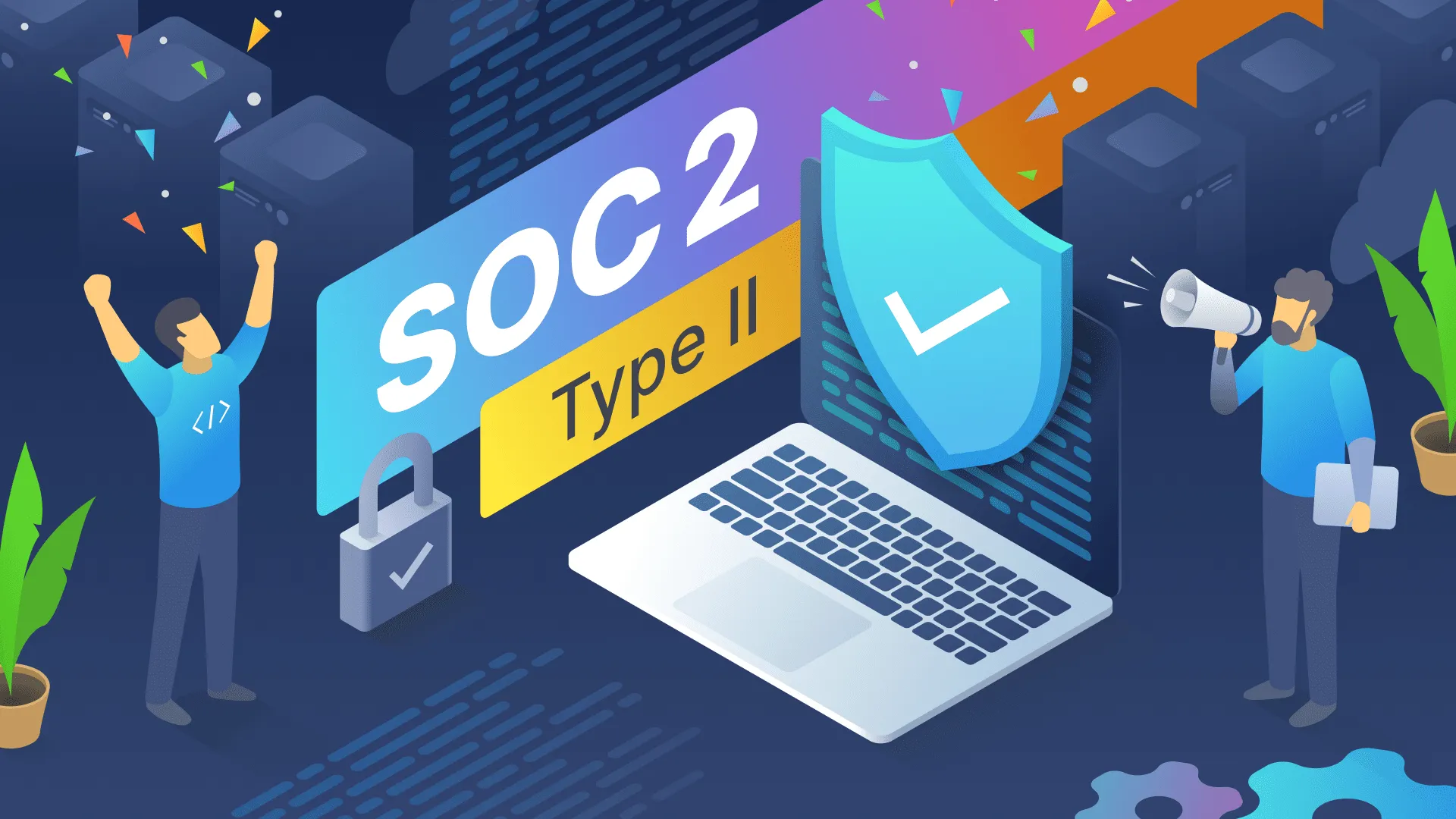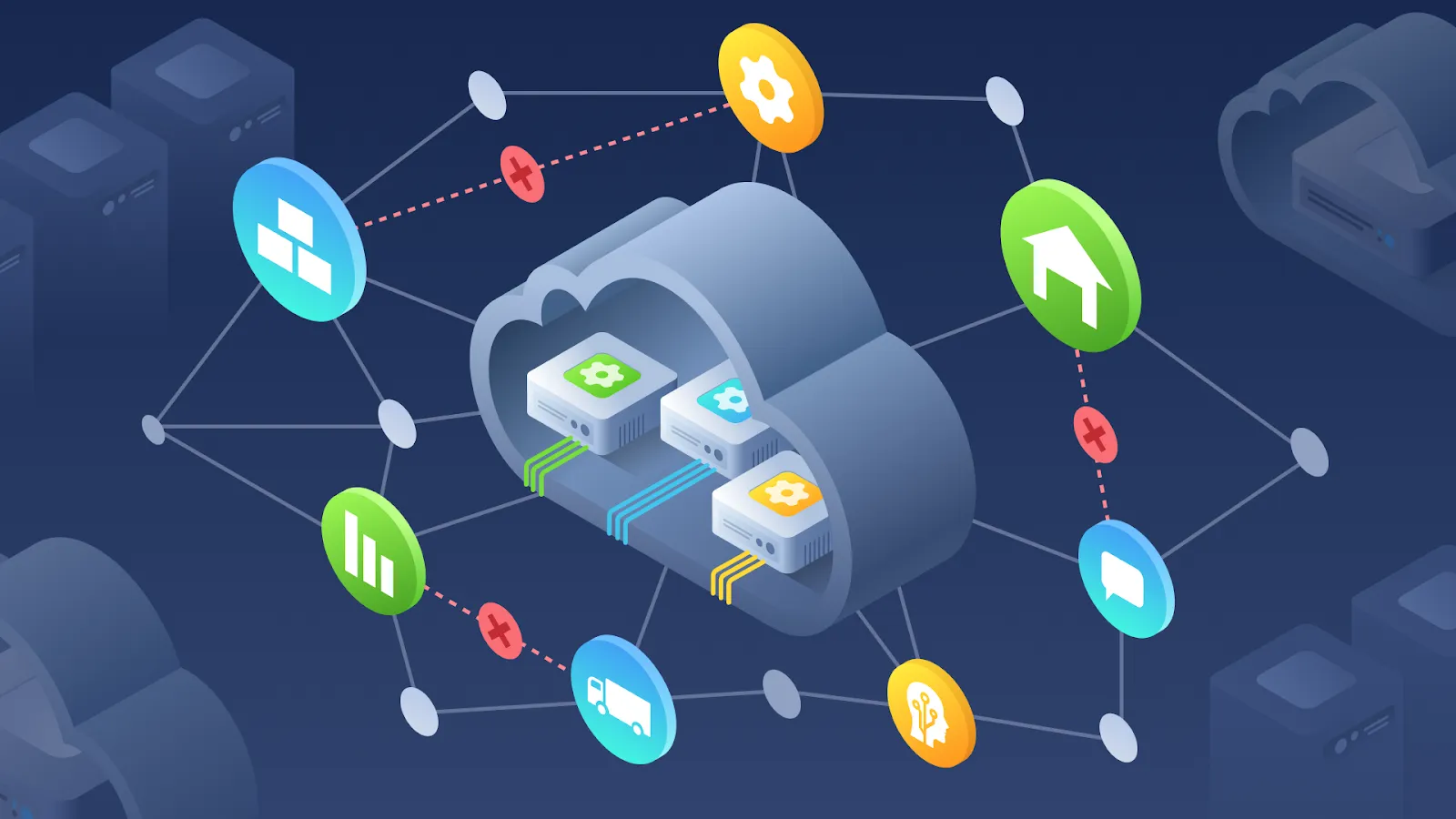Cooperating with an outsourcing vendor can become a magic wand for many businesses as it helps complete complex projects or address work overflow. ISG Research reports that 92% of G2000 companies utilize an outsourcing model. Meanwhile, according to Deloitte, the most common advantage among such companies is the opportunity to focus more on core business functions.
However, outsourcing cannot come with ignoring your in-house employees, which poses a particular challenge related to the team’s performance and dynamics. Thus, if you aim to maximize the potential of partnering with an outsourcing vendor, you must ensure the efficient integration of the latter with your current team.
With many years of experience in software development outsourcing, we know how to strengthen your team’s expertise and save costs. So, what are the key tips and practices for successfully integrating the vendor with the core team? Let’s find the answers below.
Integrating an Outsourcing Partner with the Core Team: Will It Work?
The answer is yes! A reliable and experienced outsourcing vendor can effectively cooperate with your core team. With their resources and expertise, your business can seamlessly scale up necessary capabilities to satisfy project demands. Such an approach allows both the core team and an outsourcing company to leverage strengths of each other by mixing knowledge and ideas to ensure the desired project outcomes.
When working with an outsourcing partner like AgileVision, your company can complement the current team with additional specific skills. We can provide not only software developers but also designers, project managers, etc., who will be fully dedicated to your project.
Meanwhile, we guarantee the appropriate flexibility as we are always ready to adjust the size and the roles within our team following your project’s evolution. Thus, AgileVision finds it easy to satisfy the customer’s changing requirements. After all, working with us will allow you to reduce costs and time since we are responsible for hiring and training new employees.
5 Key Steps to Successfully Integrate an Outsourcing Vendor
Businesses consider software development outsourcing a crucial strategic decision, helping them minimize costs, obtain specialized tech skills, and focus more on core operations. But it also has significant challenges like communication, management, and security. Here are five critical steps to ensure an outsourcing partner’s smooth integration.
Step1. Clearly Identify Needs and Set Goals
Before starting the selection of an outsourcing vendor, your company must identify the services you must outsource and the relevant expected results. Besides, you should analyze your current IT-related strong and weak sides, set your business goals and priorities, and communicate your expectations for the project.
Defining the project budget, timeline, and key performance indicators (KPIs) are also vital during the first step. That allows for narrowing down the options and choosing the most suitable vendor with the required skills and expertise for your business objectives.
Step 2. Select the Right Outsourcing Company
After defining your critical needs and goals, you should search for software development vendors that will meet them appropriately. Therefore, your future outsourcing partner must have the necessary experience, domain knowledge, proven track record, and reputation in the relevant industry.
Besides, your company should assess its tech skills and capabilities, project management approaches, and quality standards. To do that properly, you may analyze available reviews and testimonials, explore their references, and ask the vendor to show the portfolio involving samples of previous works. Here, you should also learn more about their typical contract terms, scope of work, and deliverables and discuss communication and reporting methods.
For instance, to get the appropriate understanding of offerings, you can send the relevant Requests for Proposal (RFPs) to some outsourcing companies. And when hunting for your perfect vendor, make sure you are satisfied with the following:
- Responsiveness to your RFP
- Level of detail (LOD) and tech expertise shown by the supplied documents
- Clarity of the provided estimates and roadmaps
- Examples of related success stories in similar domains
- Communication style
If the potential outsourcing partner passes this checklist, you will win!
Step 3. Plan Your Vendor’s Integration
So, you have chosen the right outsourcing partner. What is next? Now, you must plan the integration process in detail. That covers assigning roles and responsibilities to the in-house and external teams and ensuring both have the tools and resources to cooperate efficiently.
In addition, your company needs to create a thorough project plan outlining all critical tasks, milestones, timelines, and dependencies. Meanwhile, defining the quality criteria, code testing approaches, and feedback mechanisms are also vital. Finally, you must prepare your staff for the change and guarantee they get proper training and support.
Step 4. Track and Assess the Performance
Monitoring and evaluating the performance of your outsourcing vendor is essential for its successful integration with the core team. In this case, your company must track the overall progress, work quality, and project results. That helps compare them with previously defined objectives and metrics.
 Moreover, you must ensure constant communication with an outsourcing partner, providing them with constructive feedback and helpful suggestions. Such communication may allow addressing emerging issues, threats, and challenges with minimum effort and on time. And lastly, there is a need to review your contract terms periodically to make necessary changes or improvements.
Moreover, you must ensure constant communication with an outsourcing partner, providing them with constructive feedback and helpful suggestions. Such communication may allow addressing emerging issues, threats, and challenges with minimum effort and on time. And lastly, there is a need to review your contract terms periodically to make necessary changes or improvements.
Step 5. Maintain Trusty Relationships
The final step requires maintaining positive and long-term relationships with your software development partner. You should consider an outsourcing vendor as part of your team, respecting its culture, values, and thoughts. Trusty relationships also involve recognizing the partner’s contributions to overall success and rewarding them for effective performance.
After all, your business should also find chances to learn from your vendor and leverage their innovative approaches and insights. That is why you must consider the potential expansion of your collaboration, creating mutual value and strengthening trust.
Useful Tips and Best Practices to Ensure Efficient Integration of Your Outsourcing Partner
Although integrating an outsourcing vendor into your business can bring many benefits, the relevant process depends on detailed planning and execution. Thus, here are several key tips and practices to ensure seamless integration.
Establish 360-Degree Visibility for In-House and Outsourced Teams
Communicating about different critical events is vital, as that may affect the performance of both teams. For instance, these events often include the following:
- There is a blocker that makes continuing the project impossible or significantly slows it down;
- There are production delays because of third-party work;
- There are technical errors that can disrupt your overall performance or bring several long-term effects;
- There is information about possible situations that can impact your project’s progress. Thus, your core team and an outsourcing partner will have enough time for appropriate discussion and creating an emergency plan.
Utilize Reporting and Analytics Tools for Monitoring, Adjusting, and Forecasting
Getting necessary reports in your email each day, week, or month allows you to keep an eye on how the project is going. That helps identify the processes you can improve or know the outcomes you will get. At the same time, you can ask your vendor to provide an overview of the required project metrics regularly. They can involve the following:
- Velocity and capacity
- The density of defects to track the deliverables’ quality
- Focus factor
- Robust burndown charts to understand the scope

Discuss Rollout, KPIs, and Expected Results with C-Level Executives in Detail
Partnering with an outsourcing vendor is a big change. Such a move will bring far-reaching consequences for the future of your business. Thus, you must ensure your C-level members are on board, which is essential for establishing a solid base for the rollout. Also, your C-suite should participate in defining project KPIs and setting expected results.
Consider Methodologies and Tools
When selecting your outsourcing partner and signing the contract, you should have some tech knowledge. Therefore, you can keep your budget and timeline in previously defined frames. Moreover, you should discuss and agree upon different tech details with your vendor, mainly related to programming languages, frameworks, platforms, and other critical tools. That will make your collaboration smoother and more effective.
At AgileVision, for instance, we use the following solutions to ensure appropriate project management and constant communication with our partners:
- Jira (to manage project workflow and track tasks)
- Confluence (to manage project requirements and other crucial information)
- Slack and Zoom (to maintain textual and video communication)
Provide Two-Way Communication Through Each Layer
Combining your internal core team and an outsourced one is challenging but fundamental. You need to have all the channels, tools, and other required resources in place to make your vendor feel welcome and always have access to actual information.
 Here is a recommended example of standups, syncs, and retrospectives that your company can practice with AgileVision as your partner to guarantee the desired efficiency level.
Here is a recommended example of standups, syncs, and retrospectives that your company can practice with AgileVision as your partner to guarantee the desired efficiency level.
- Daily team standups. Such 15-minute meetings are conducted within all Scrum teams. During this time, all team members report on their work yesterday and different blockers or delays and share their plans for the new day.
- Daily standups with tech leads. These meetings also take 15 minutes and involve the tech lead or project management (PM) level representatives. They set out their teams’ current issues and plans and incorporate such information into the big picture. Then, the feedback provided on this standup goes down to the relevant teams. After all, these joint meetings enable your core and outsourced teams to connect regularly. So, they are scheduled at the earliest hours convenient for two time zones.
- Retrospectives. Retros are usually held after each or every two iterations based on your previously settled agreements.
- C-level meetings. The frequency and length of C-suite meetings rely on business demands. Such a format mainly involves the CEO and other C-level reps from your company and the head of delivery and tech leads from an outsourcing partner. Thus, all meeting outcomes must be communicated to the in-house and outsourced teams.
Encourage Your Core Team to Create Systems Welcoming a Vendor
Finally, you should involve your in-house core team in creating the appropriate infrastructure of cooperation. That will help smooth the vendor’s integration period. Therefore, your internal employees must know that their positions are not threatened and that collaboration with an outsourcing partner is an excellent opportunity for your business. After all, your staff can offload their work and get insights into new techs, solutions, frameworks, and procedures.
In addition, you may conduct a survey or organize a meeting with your core team and ask them about their future introduction to an outsourced team. For instance, you can suggest various formats, such as:
- Informal video calls like online breakfast where the members of your in-house team can speak to randomly selected buddies from the vendor’s team;
- An opportunity to join C-level reps on their business trip to the outsourcing partner’s office, covering all relevant expenses for your team members.
Get the Advantage of Combining Your Core and Outsourced Teams with AgileVision
To conclude, modern US and European-based companies aim to strengthen their internal development teams by adding the expertise of an outsourcing vendor. That is especially vital when analyzing the factors that push tech industries, including globalization, a growing tendency of remote work, and constantly increasing competition in the market.
Ultimately, cooperating with an outsourcing company is among the best scenarios for quick product scaling. It helps save your initial money before proving that your business should continue investing in a relevant idea.
With dozens of projects delivered during recent years, AgileVision has software developers with different skills and knowledge of various programming languages and frameworks. We can effectively use them across many verticals like cloud computing, the Internet of Things (IoT), DevOps, software architecture, and quality assurance/quality control (QA/QC).




